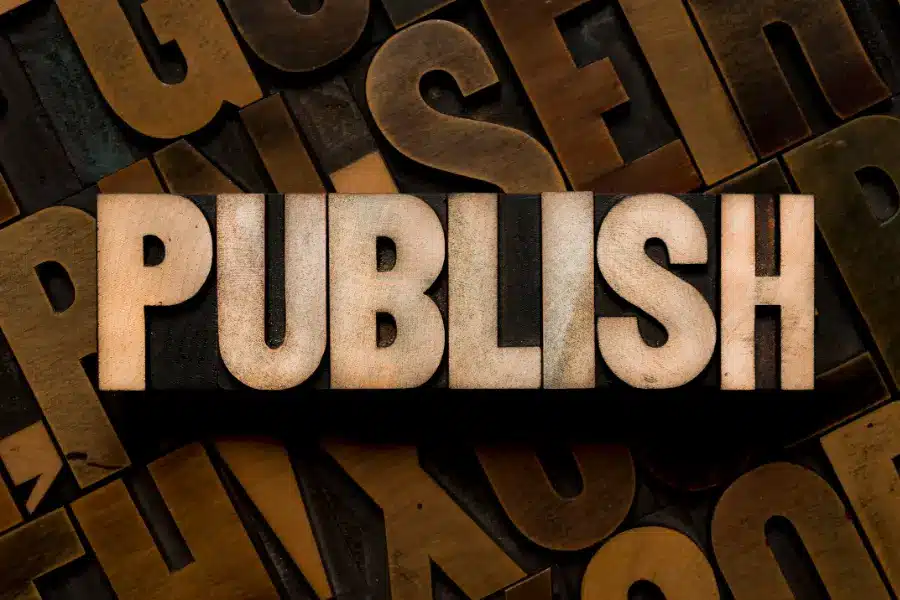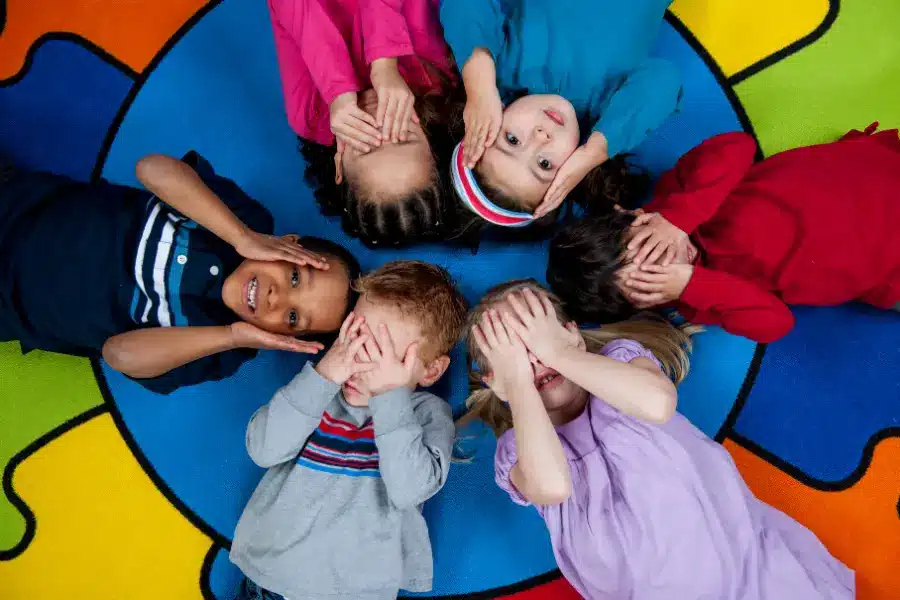It is a well-known fact within academia that learning is easier with visual aids. In fact, the brain can process information more than 60,000 times faster with the use of a visual aid as opposed to simple text. That’s an amazing benefit when a student is trying to excel in their studies, whether they rely on visual aids or not.
Even in our everyday lives once we’ve left school behind, visual aids serve to help us compartmentalize information we are trying to retain or assess. For example, the Venn Diagram that consists of a set of overlapping circles shows the areas of similarities and differences quite nicely and all at a glance. So then, if you have found that you are a student who relies on visual aids, here are some tips that will provide various concepts and aids you can benefit from.
Highlight Important Text
When you are studying from text, use a highlighter to bring out key points you want to remember. You can also use various colors to categorize the information into groups. For example, if you are trying to remember data sets within demographics, you could use yellow for children under 16, blue for young people from 16 to 21, and so forth.
Create a Mind Map
This is also an interesting concept. You start by placing your central idea or purpose in the middle. Many people use boxes to jot down what each box stands for. From there, you start drawing branches out with subtopics you need to research or remember. You can do this on a computer or longhand if you prefer, but it’s a great way to help you better understand the main concept. This is often used when brainstorming in a group or when mapping out the information you need to include in an essay.
Add Little Illustrations to Your Notes
One study that was originally published in Time Magazine in 2009 stated that doodling helps the listener pay better attention which also helps them remember what is being said. Taking this a step further, if those doodles are basic illustrations of what is being said, they will work as a visual aid. The very fact that you are doodling will work together with those visual illustrations to help you remember what the lecturer has said.
Create Flashcards
Sometimes you can find flashcards already printed and published but other times you will need to make your own. The key to effective use of flashcards is to also use an image or diagram of some sort to double the effect of memorizing key concepts on each card. This is one-way people studying a foreign language are used to help them remember key nouns and verbs. For example, one flashcard could be a stick figure with one leg in front of the other which would illustrate walking. Then below the figure, the word for walking would be written boldly in whatever language is being learned.
Watch Videos
This is one of the reasons those “How-to” videos are so popular on YouTube. Some people just learn how to do things faster if they can see them being done. This is especially handy when there are directions to follow included in a product that needs to be assembled. Instead of trying to read a tiny pamphlet included with a bicycle, for instance, they’d go to the computer and look up that brand and model and then follow along as the bike is assembled in the video. That’s a prime example of how most of us use visuals in our everyday lives.
Try a Variety of Visual Aids
This final tip is also very important. All visual aids aren’t always used interchangeably. In other words, if you are trying to compartmentalize consumers within a demographic set, you might use a Venn Diagram that would show you all the points of intersection and similarities. This is helpful in marketing. However, if you are trying to learn a process such as assembling a product, then a how-to video would be the most effective. Make use of as many kinds of visual aids as you can so that learning will become easier and a whole lot less frustrating.
Remember, most people rely on visual aids in some form or another. Don’t feel like you have a learning disability if you rely on visuals. Most of us do anyway, so keep that in mind. You are not alone but by recognizing the benefits of visual aids, you are that much ahead of the game.


